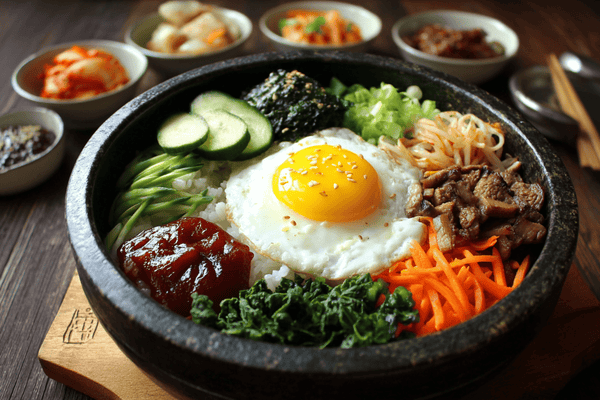 In our series Stocking a Japanese Pantry, we are looking at many traditional ingredients used in many sweet and savory dishes in Japanese cuisine. In previous posts, we have discussed Japanese soy sauce, wasabi and miso - all hugely popular in Japanese recipes and Japanese cuisine. Today we'll be looking at katsuobushi and the important role it has in Japanese food culture.
In our series Stocking a Japanese Pantry, we are looking at many traditional ingredients used in many sweet and savory dishes in Japanese cuisine. In previous posts, we have discussed Japanese soy sauce, wasabi and miso - all hugely popular in Japanese recipes and Japanese cuisine. Today we'll be looking at katsuobushi and the important role it has in Japanese food culture.There are plenty of ways in which the Japanese use this food item and if you’re stocking your Asian kitchen then like sushi rice, miso paste, rice vinegar, sweet cooking sake and Japanese rice, it’s one we would highly recommend getting in. In this short guide, we’ll give you an important introduction to katsuobushi and its importance in Japanese cooking.
Table of contents
What Is Katsuobushi?
 If you’re a fan of tuna then you’re bound to love katsuobushi. This is essentially dried, smoked and fermented fish, more often than not, tuna is used.
If you’re a fan of tuna then you’re bound to love katsuobushi. This is essentially dried, smoked and fermented fish, more often than not, tuna is used.Katsuobushi has a light colour and comes as shavings in a packet. While katsuobushi is the traditional Japanese name for this ingredient, most westerners would refer to it as dried bonito flakes. But what’s really interesting is how katsuobushi is made.
To start with, the fish is prepared into fillets which are then placed in a basket and simmered for around 60 to 90 minutes, according to their size. After this, the ribs are removed and the fillets go on to be smoked. Usually, pasania, castanopsis or oak is the wood of choice. Generally speaking, the fish is smoked for up to six hours and then left to rest before being smoked again the following day. This intricate process continues for up to 15 days!
At this point, the fish can then be shaved and sold but it’s not actually considered genuine katsuobushi unless it is then fermented. This is done by placing the fish to dry in the sun and mould is added to help the process along. This process usually lasts for around two weeks and gives the mould enough time to draw out any excess moisture.
Throughout the process, the mould is removed and as the fish continues to dry, it gets harder and harder. What’s more, it becomes a lot lighter due to the loss of moisture. Once the fish has gone through this process, it can then truly be called katsuobushi.
What Does Katsuobushi Taste Like?
Katsuobushi has a very fine, papery texture that you might not expect much from in terms of flavour. But when you think about all of the processes it goes through, it’s easy to understand why it has a very intense and aromatic taste.This essential ingredient for many Japanese dishes is incredibly smoky and fragrant and we have read people comparing the taste to sucking on a stock cube, it’s that intense! But what’s surprising is that it tastes a lot more meaty than it does fishy.
How Do the Japanese Use Katsuobushi?
 Katsuobushi is one of the main ingredients in Japanese food culture. It is a prominent ingredient in dashi which is a kind of Japanese stock used in lots of Japanese food, commonly used for things like Japanese soups such as miso soup. In fact, if you have ever eaten miso soup, you will instantly recognise the taste of katsuobushi as it is so prominent in this dish. Usually, thicker strips of katsuobushi are used for making dashi but the ingredient is available in thinner strips.
Katsuobushi is one of the main ingredients in Japanese food culture. It is a prominent ingredient in dashi which is a kind of Japanese stock used in lots of Japanese food, commonly used for things like Japanese soups such as miso soup. In fact, if you have ever eaten miso soup, you will instantly recognise the taste of katsuobushi as it is so prominent in this dish. Usually, thicker strips of katsuobushi are used for making dashi but the ingredient is available in thinner strips.These thin strips are typically used as a dry topping on a variety of dishes including oshitashi; a dish of boiled spinach and sesame seeds. When used on hot dishes like this, they will flutter about making for a more visually appealing meal and when you use katsuobushi on a cold dish, it really enhances the flavour.


